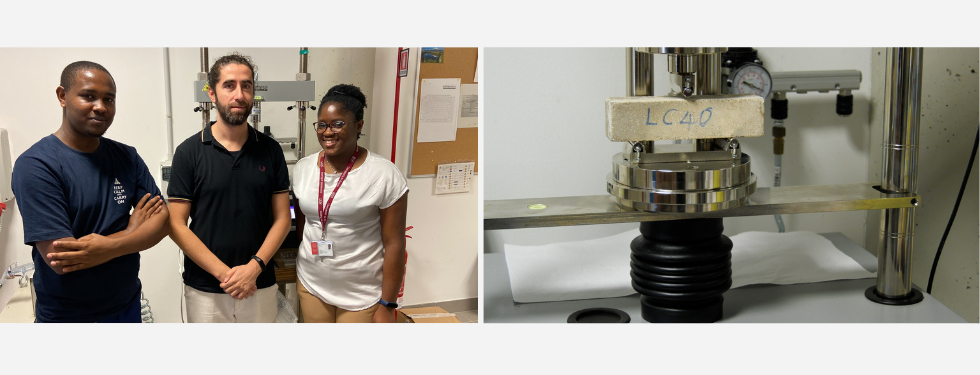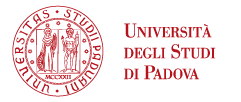Cementing a sustainable future through global partnership

Cement is the material having the highest volumes of production, which are needed to sustain demographic, urban, and infrastructural growth.
Other than being a necessary commodity for society cement is also a big CO2 emitter, since it is estimated that 5-10% of the total anthropogenic CO2 emissions are associated with cement production. Moreover, it is estimated that approximately 40% of the raw materials extracted each year feed into the construction sector. Therefore it is necessary to deploy strategies aimed at mitigating both the CO2 footprint and the consumption of primary raw materials, also in view of possible disruptions of global supply chains.
Motivated by the need of tackling these issues, a series of collaborations with African institutions have been established, considering the fast pace of urbanization occurring in Africa and the associated high demand for building materials.
In this video some of the collaborative research with Africa is explained by Victor Mutai, visiting student from the Meru University of Science and Technology (Kenya), and Christelle Nobouassia Bewa, visiting Ph.D. from the University of Yaoundé (Cameroon) who have been supervised by Luca Valentini, associate professor of the Department of Geosciences.
Victor spent 6 months at the Department of Geosciences as part of the Erasmus+ KA107 agreement between the two universities. His master thesis project is focused on the use of local raw materials for the production of sustainable cement based on the partial replacement of Portland cement with low-CO2 ingredients.
Christelle describes her experience at the Department of Geosciences during which she optimized the properties of alternative types of cement based on the use of laterite soils from Cameroon.
“This collaborative experience has significant links with the Sustainable Development Goals. Particularly, we intend to stress the importance of SDG17 which is dedicated to strengthening global partnership as a means to achieve a sustainable future”, professor Luca Valentini underlines.





